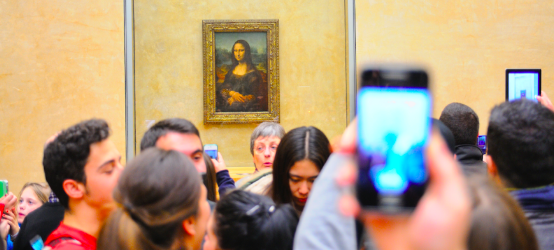These seven macro trends are driving the market for visitor-serving organizations.
Big data helps spot market trends. The data that we collect at IMPACTS is no different. (After all, it is big data!) There are certain trends that come up again and again, and they provide clues as to how cultural organizations may best evolve to remain relevant. Unsurprisingly, visitor-serving organizations are not immune to the forces affecting the rest of the world. In other words, it’s rather common to see market trends that affect for-profit and government entities affect visitor-serving organizations as well. Makes sense, right? As much...Sign in to KYOB+
Not a member yet?
Never miss the latest read on industry data and analysis.







